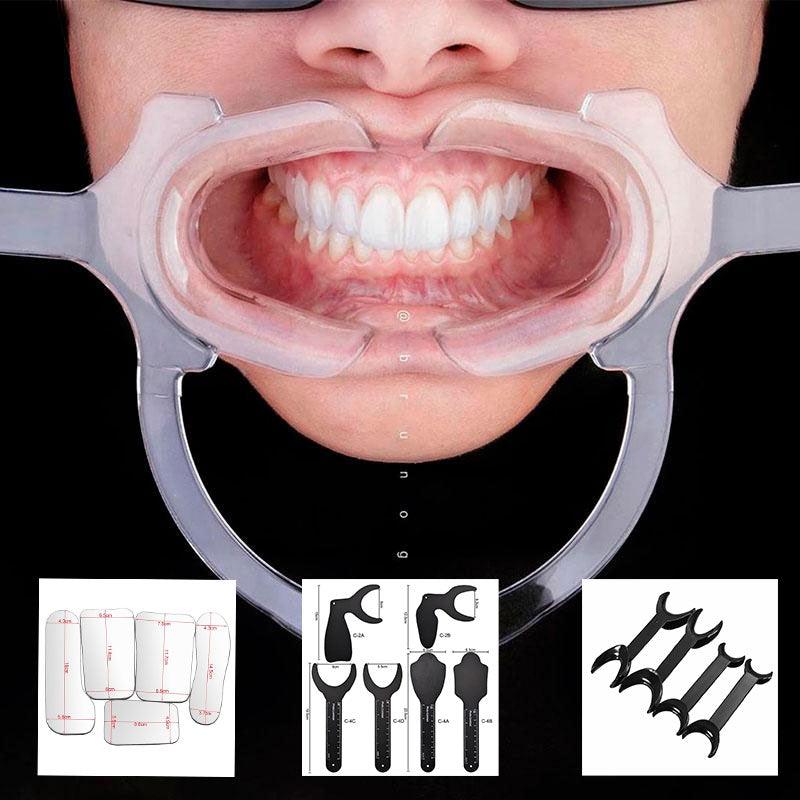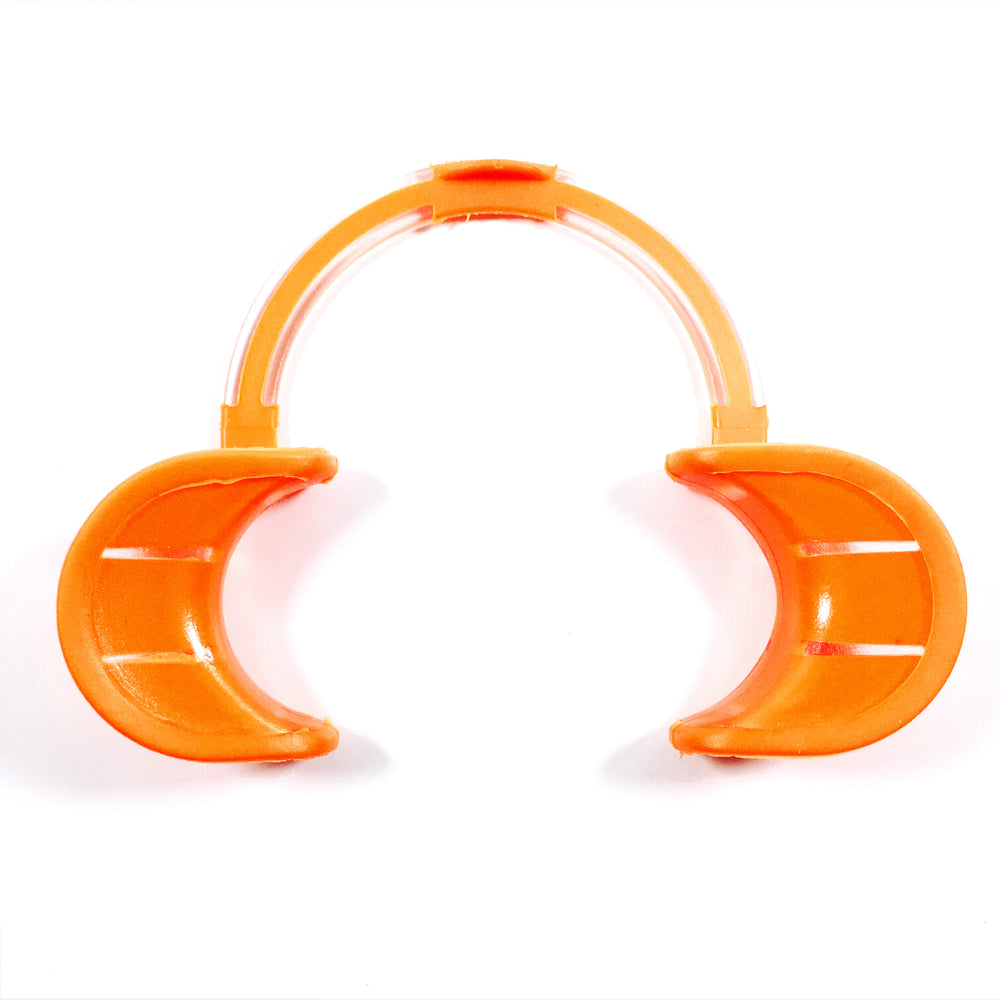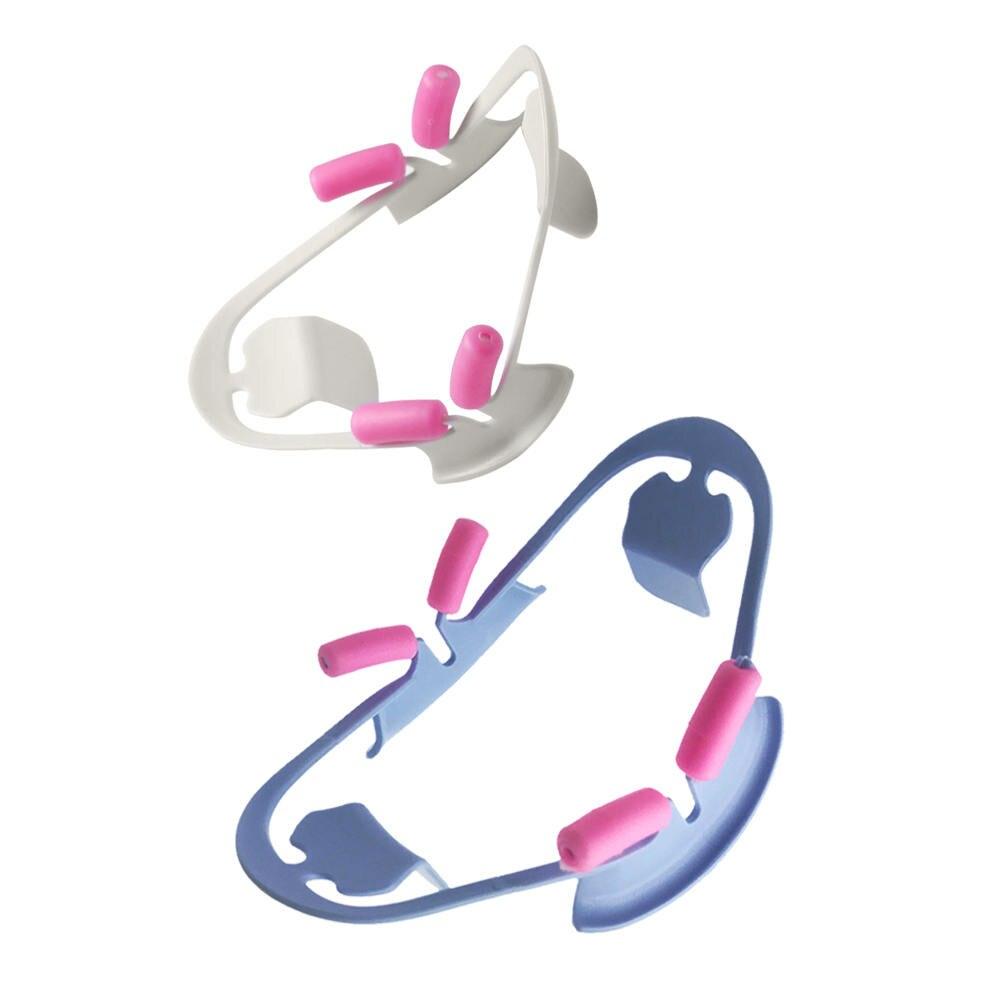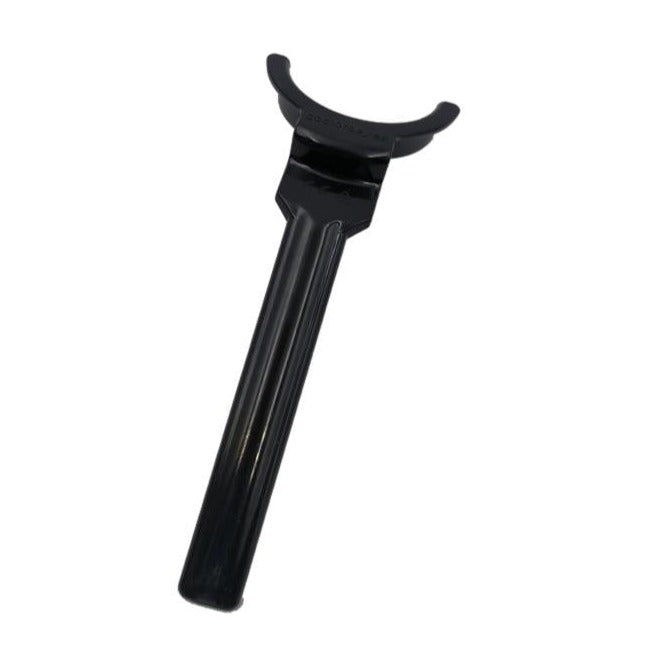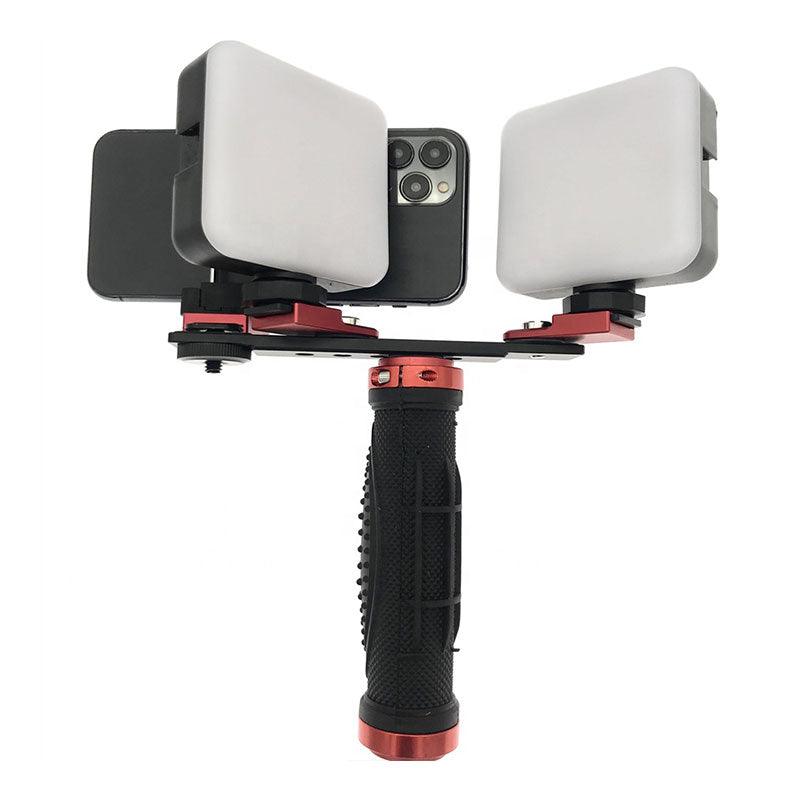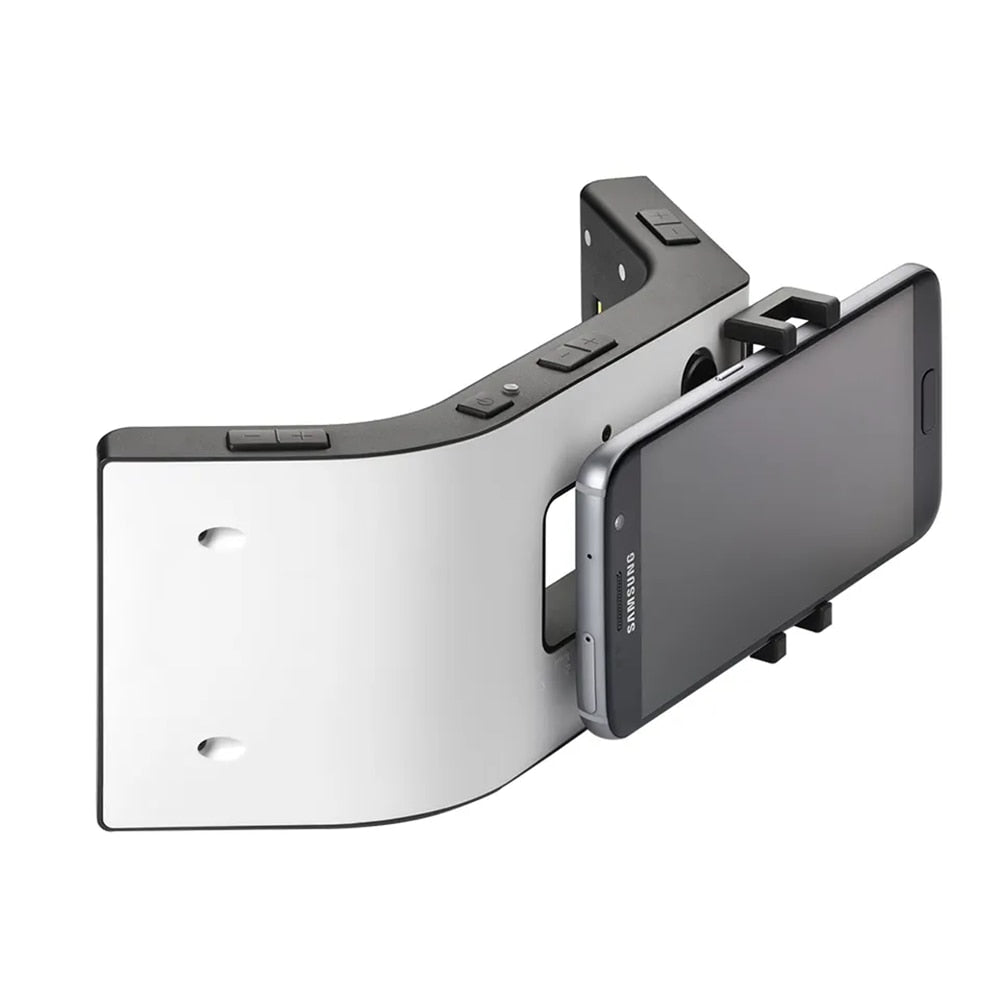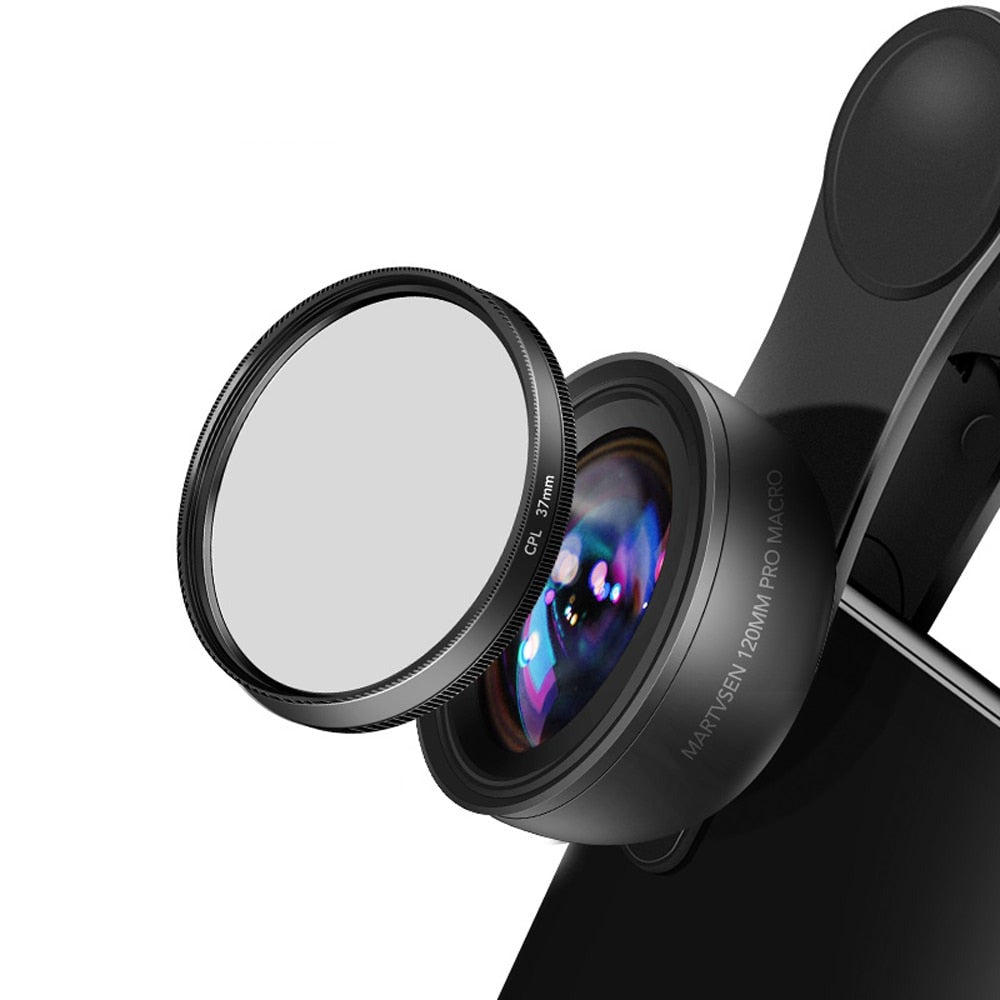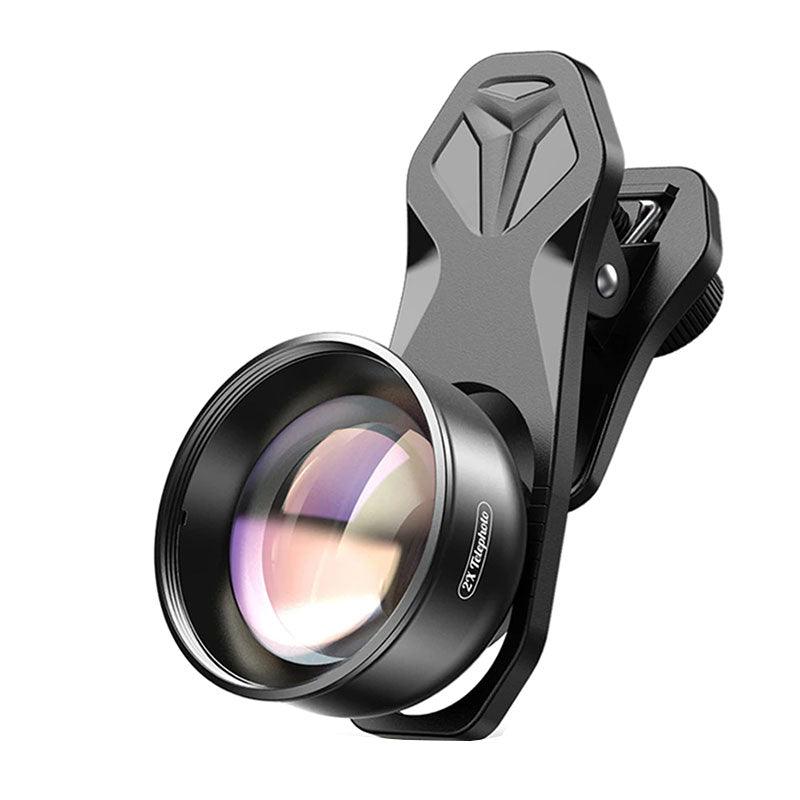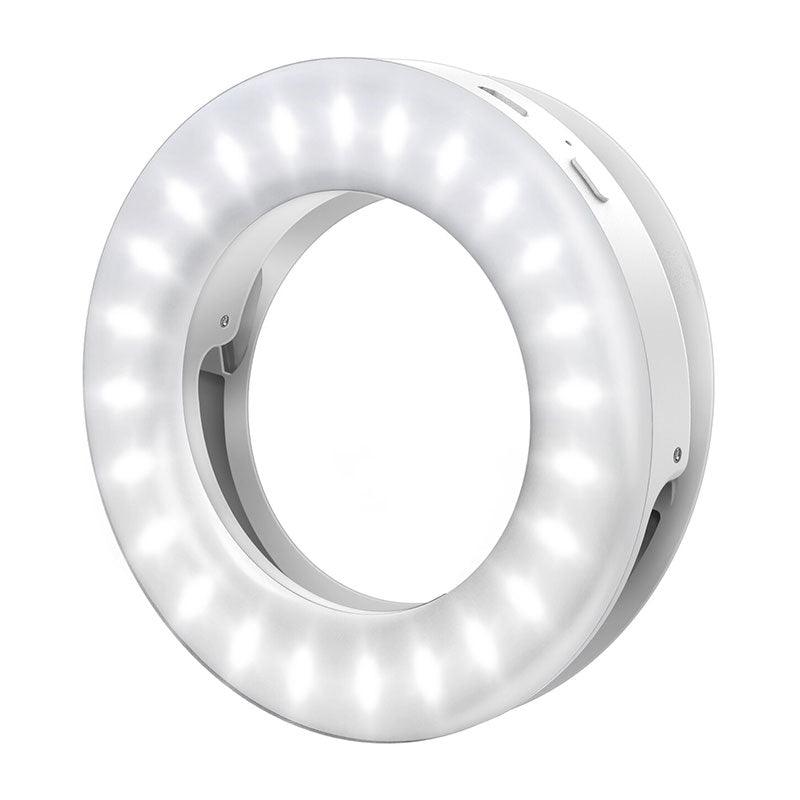Lenses are the unsung heroes of dental photography, wielding the power to capture minute details and create impactful images. This article takes you on a journey through camera lenses, delving into their anatomy, focal length basics, and how field of view influences your dental photography. Additionally, we'll share some practical life hacks to enhance your understanding and usage of lenses for dental imaging.
Understanding Camera Lenses:
A camera lens is a complex optical system comprising multiple elements designed to focus light onto the camera's sensor, producing a clear and sharp image.
1. Focal Length Basics:
Life Hack 1: Focal Length Defined: Focal length determines how much a lens can zoom in or out, influencing the angle of view. It's measured in millimeters and affects the perceived distance between objects.
Life Hack 2: Macro Lens Magic: Opt for a macro lens with a short focal length (around 50mm) for capturing detailed shots of teeth and oral tissues. These lenses offer life-size or higher magnification, ensuring even the smallest features are captured accurately.
2. Field of View:
Life Hack 3: Angle of View: A lens's focal length significantly impacts the field of view. Shorter focal lengths (wide-angle lenses) capture a broader scene, while longer focal lengths (telephoto lenses) narrow the field.
Life Hack 4: Dental Procedure Documentation: For capturing dental procedures and patient interactions, a wide-angle lens (short focal length) is valuable. It allows you to encompass the entire scene and the patient's expressions, aiding in comprehensive documentation.
Life Hack 5: Portraiture and Close-Ups: Opt for a medium focal length lens (around 85mm) for portrait-style shots and close-ups. This range strikes a balance between achieving background blur and maintaining a comfortable working distance.
3. Aperture and Depth of Field:
Life Hack 6: Aperture Control: The lens aperture controls the amount of light entering the camera and influences depth of field. Wider apertures (lower f-stop values) create a shallow depth of field, ideal for isolating subjects from their backgrounds.
Life Hack 7: Bokeh Brilliance: Use a wide aperture (low f-stop) for capturing dental shots with beautiful bokeh, softening the background and emphasizing the subject.
Camera lenses are essential tools for dental photographers, allowing for precise, detailed, and expressive image capture. Armed with knowledge about focal length and field of view, you can make informed choices when selecting lenses for various dental photography scenarios. Incorporating these life hacks into your practice will empower you to capture captivating dental images that serve as valuable diagnostic tools and enhance patient education.




